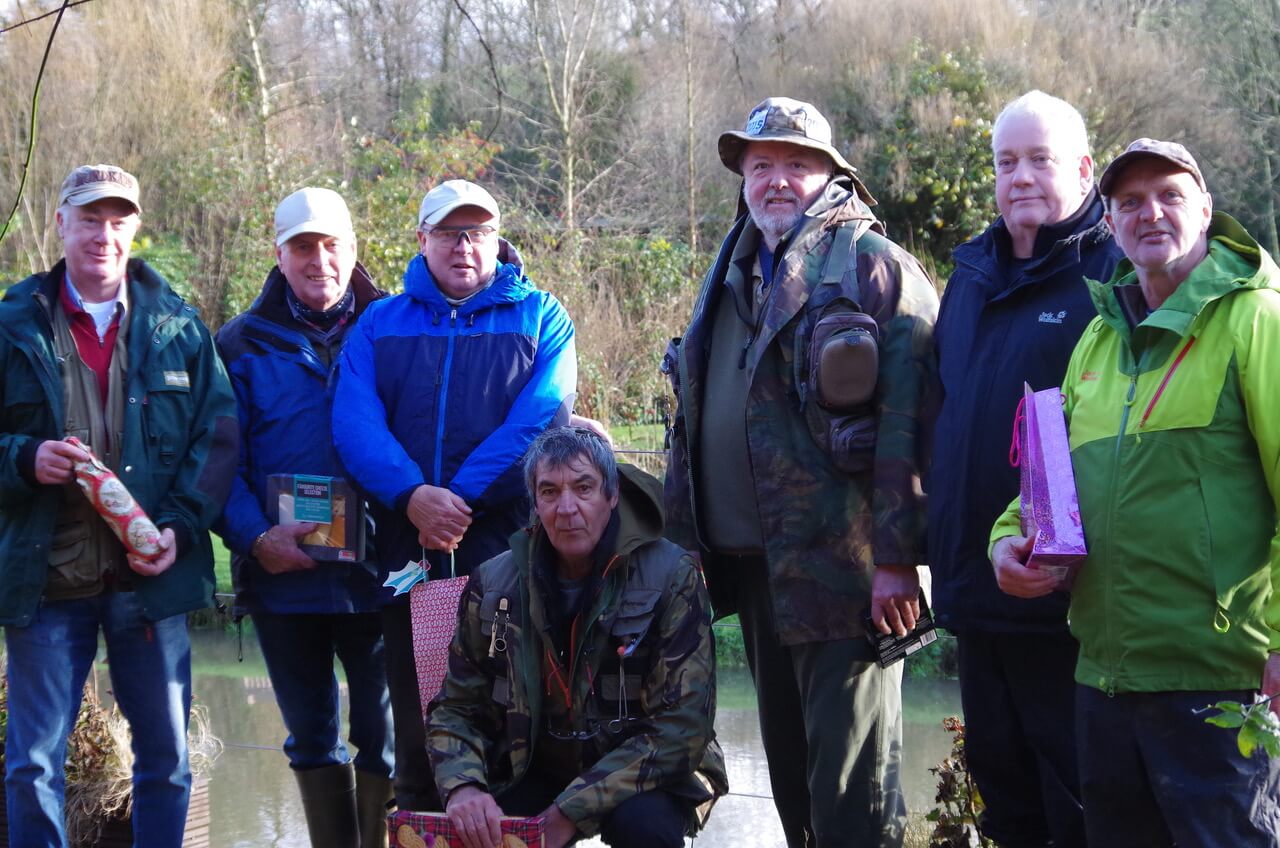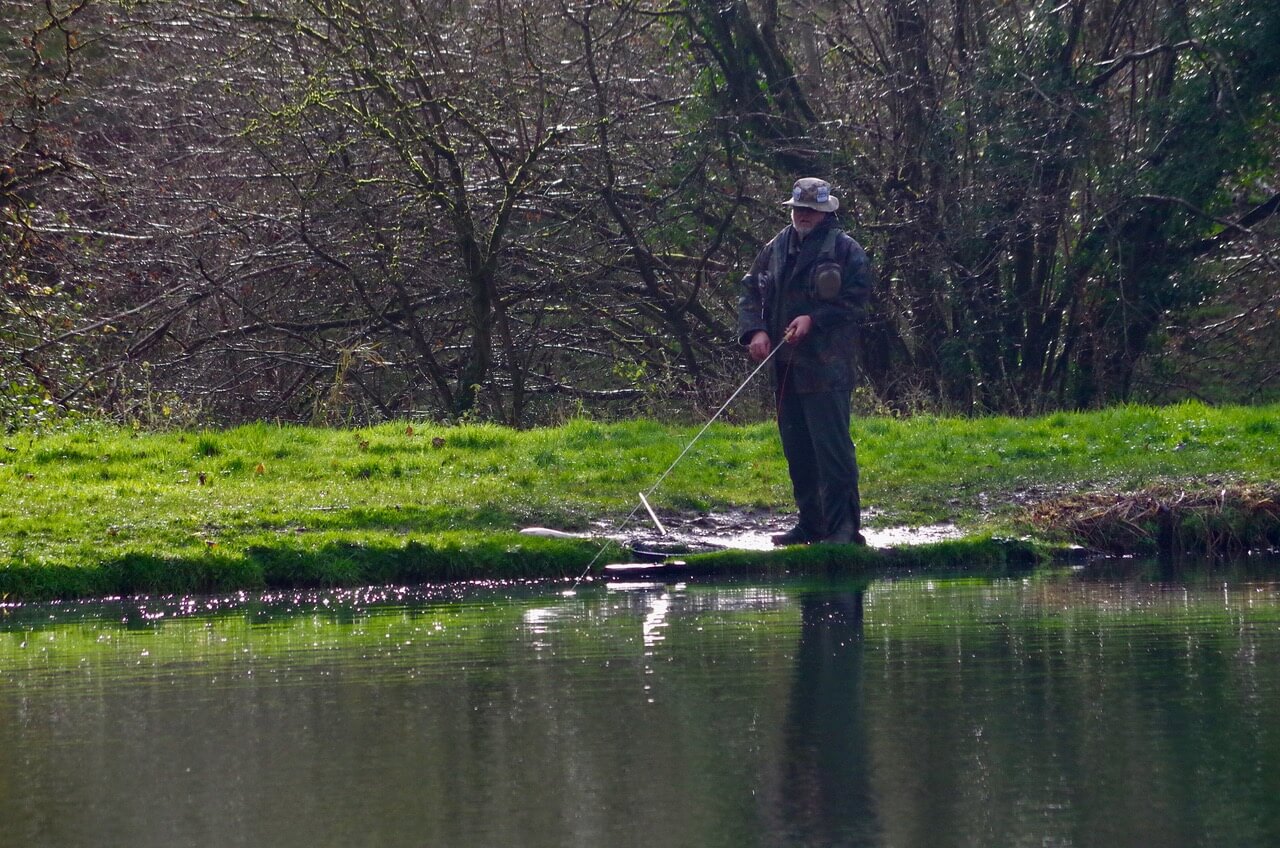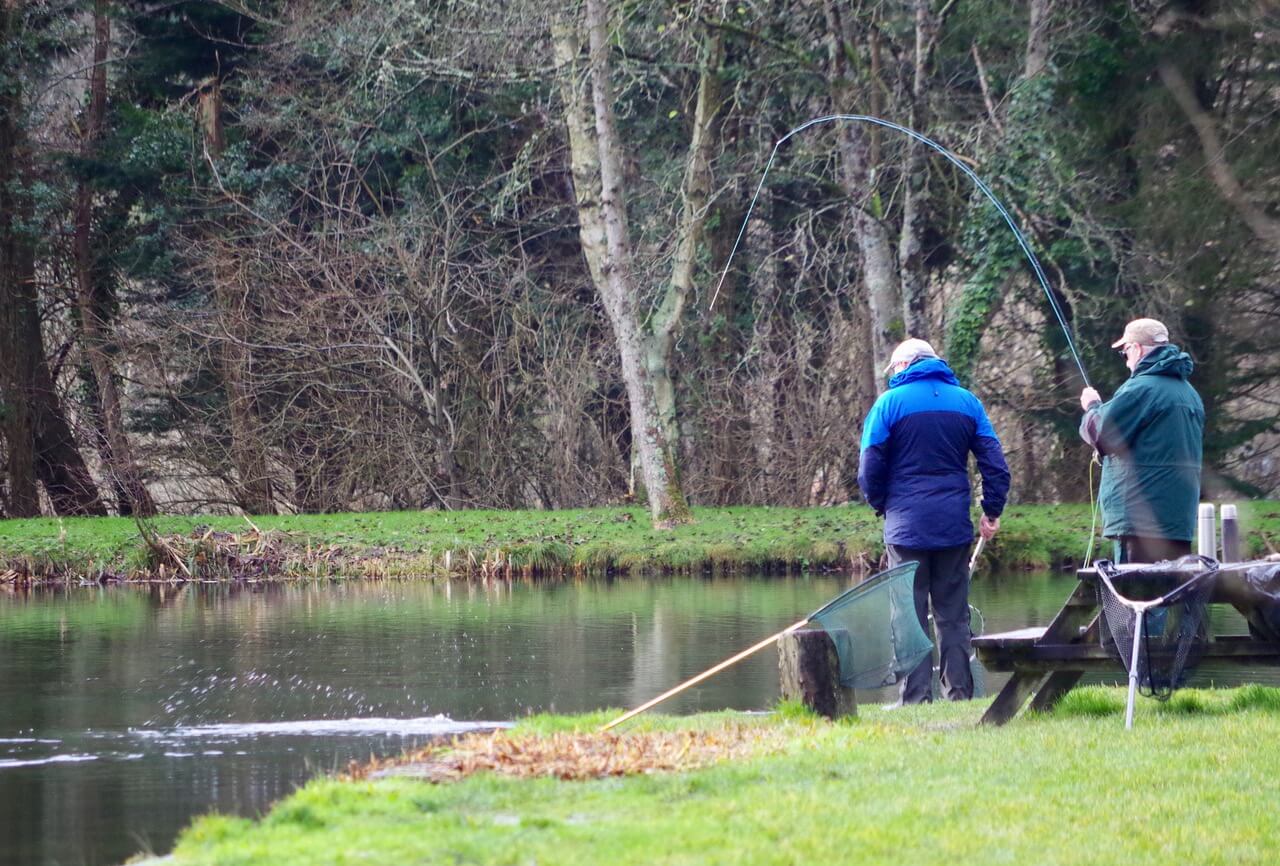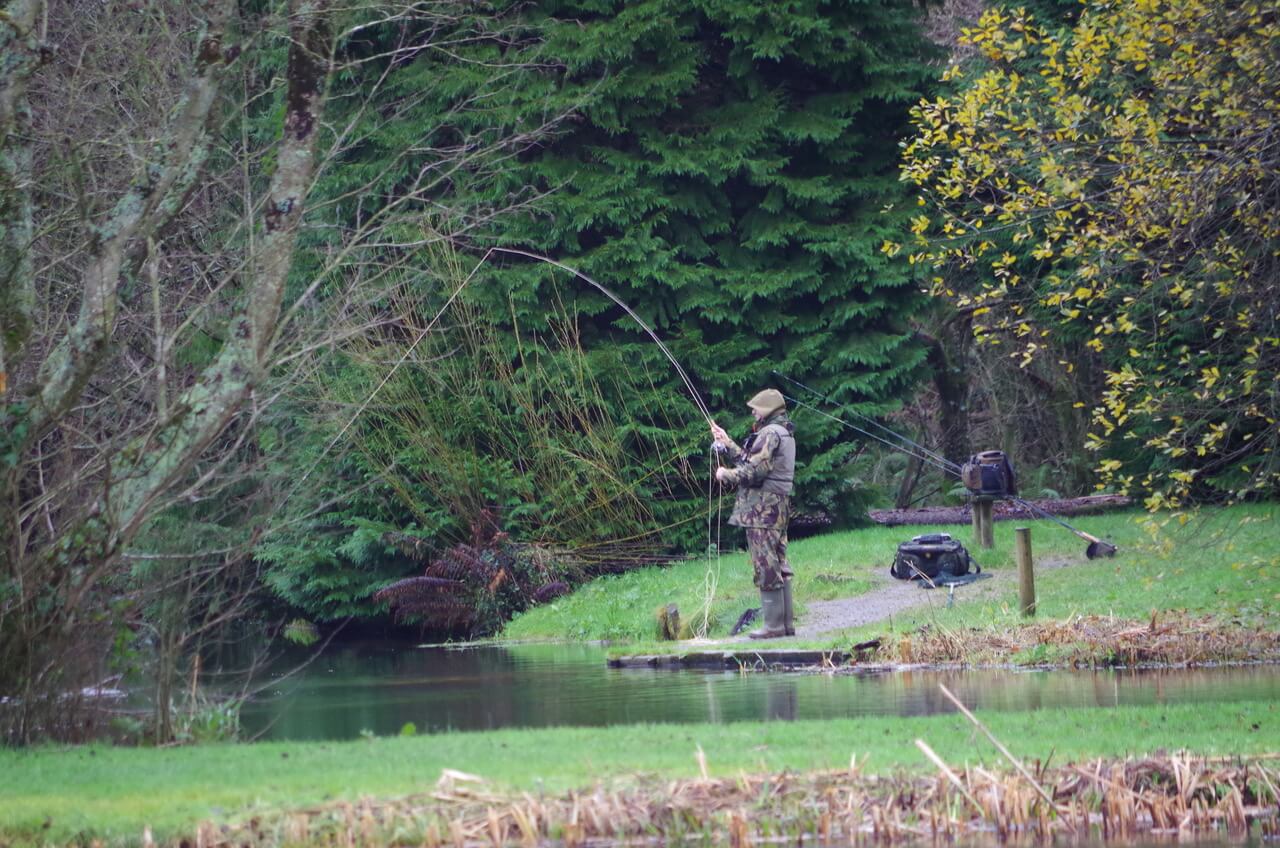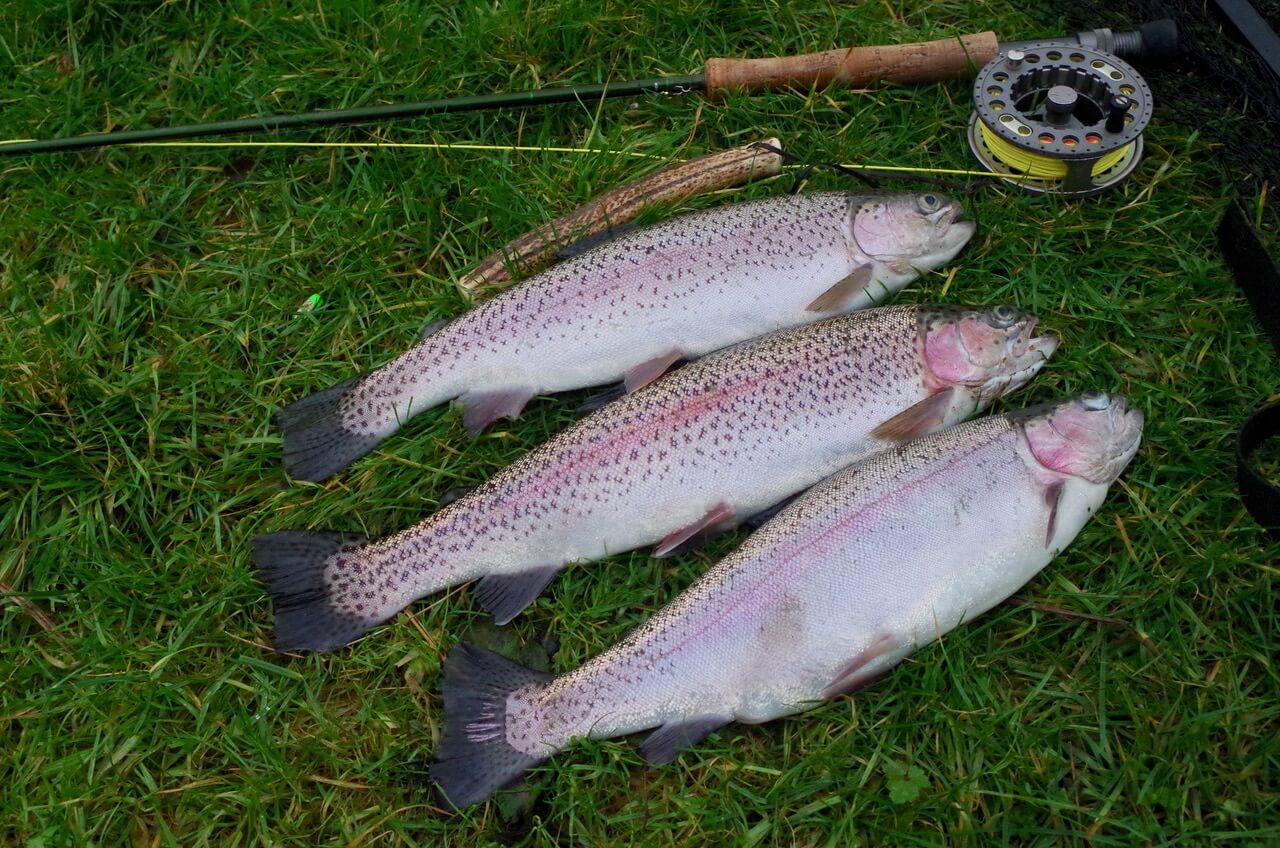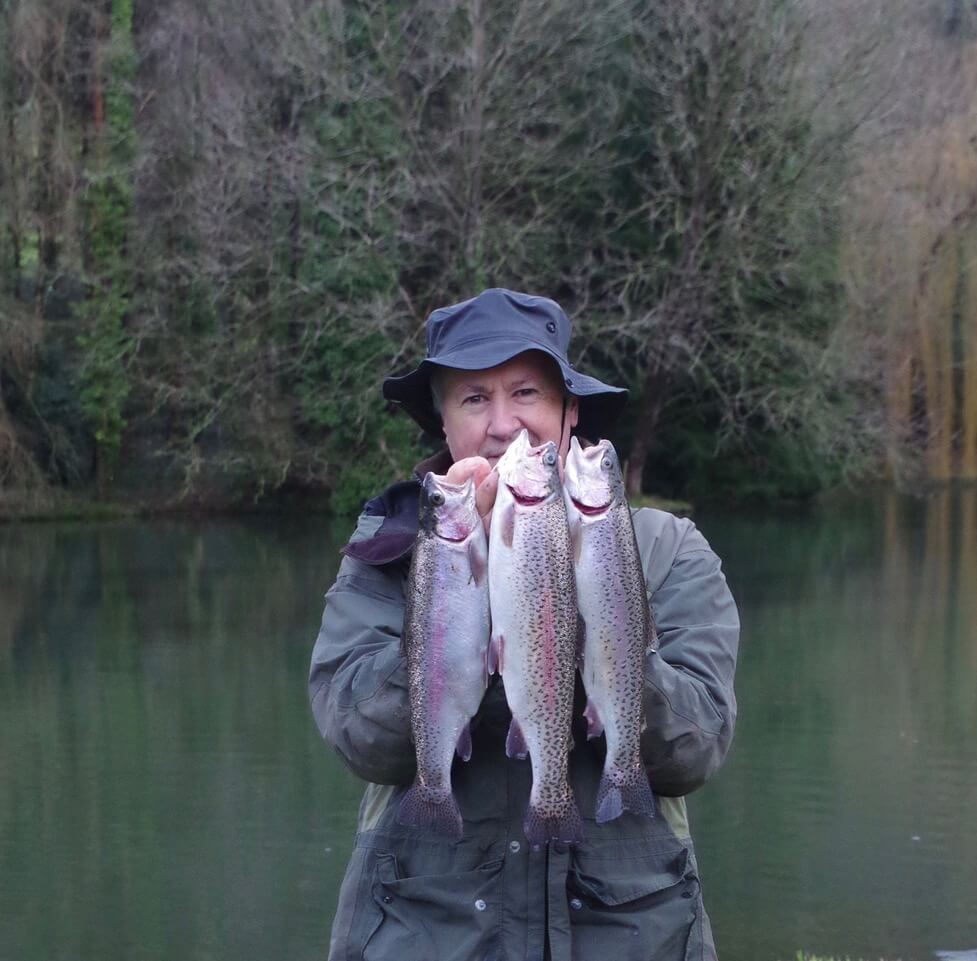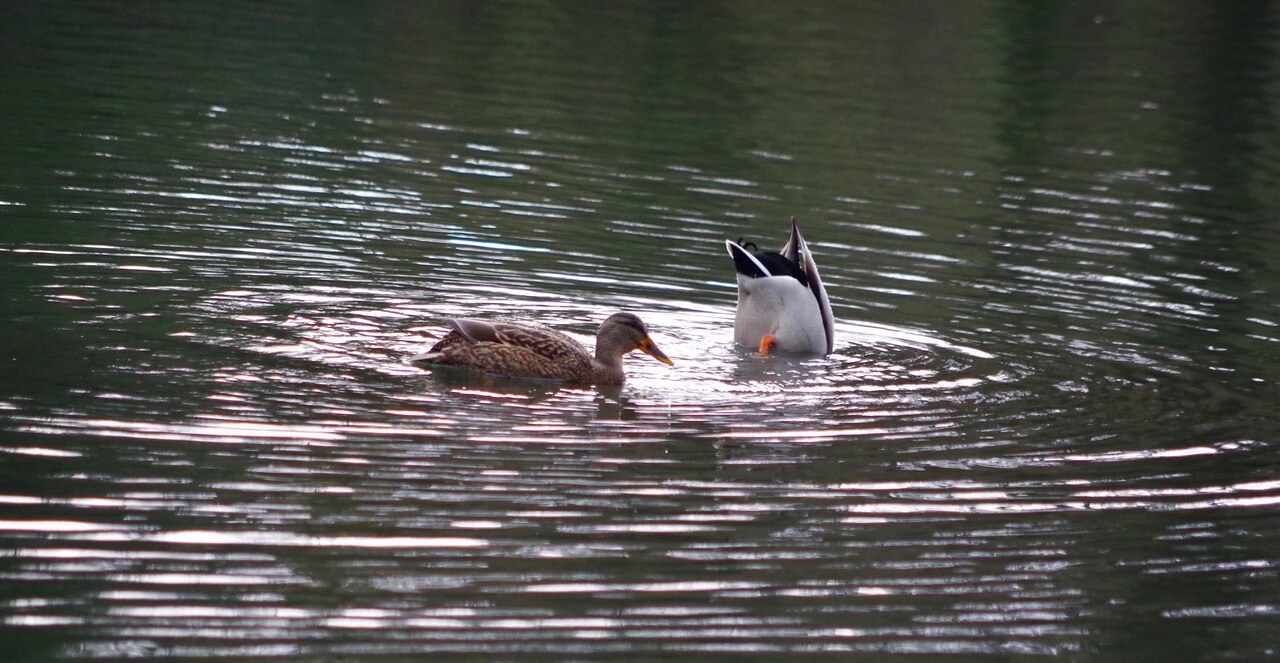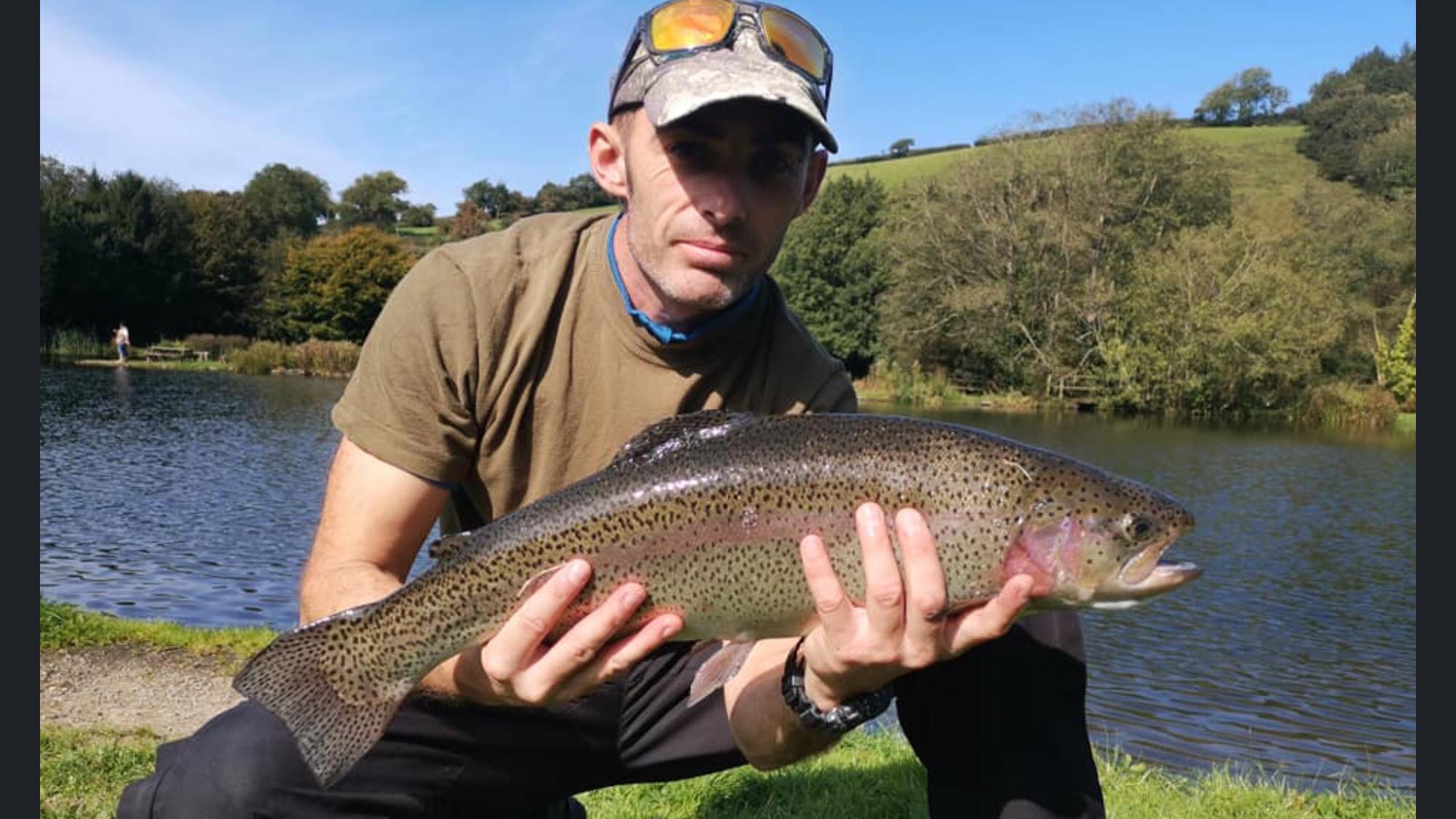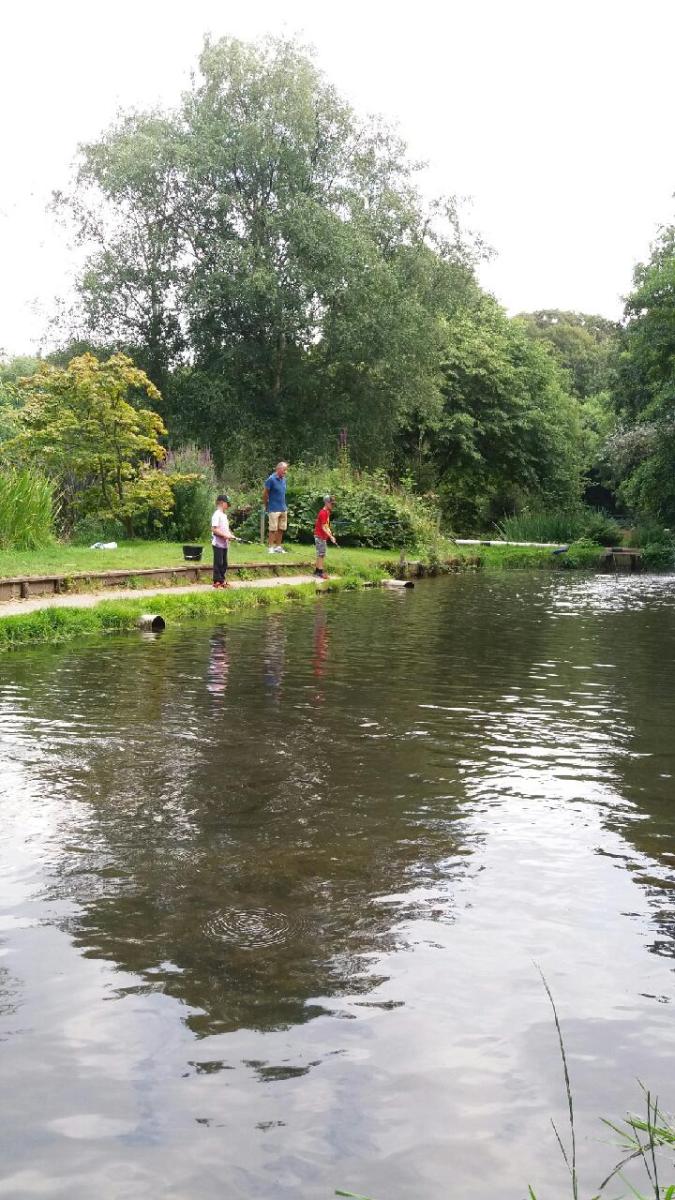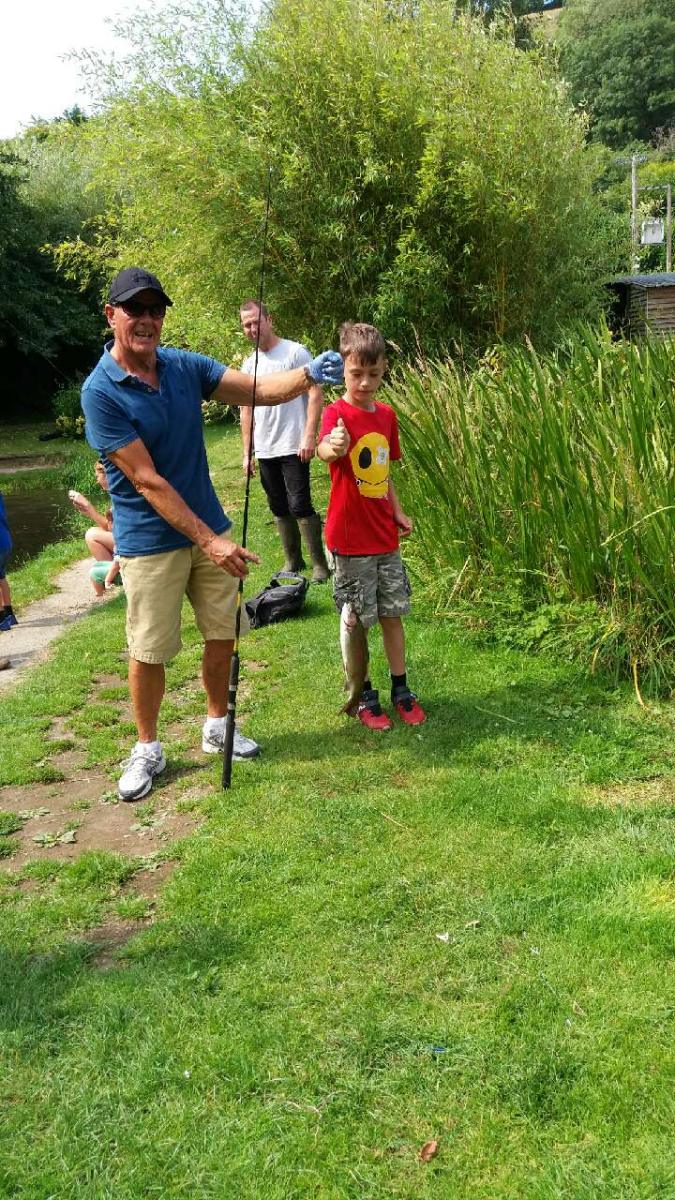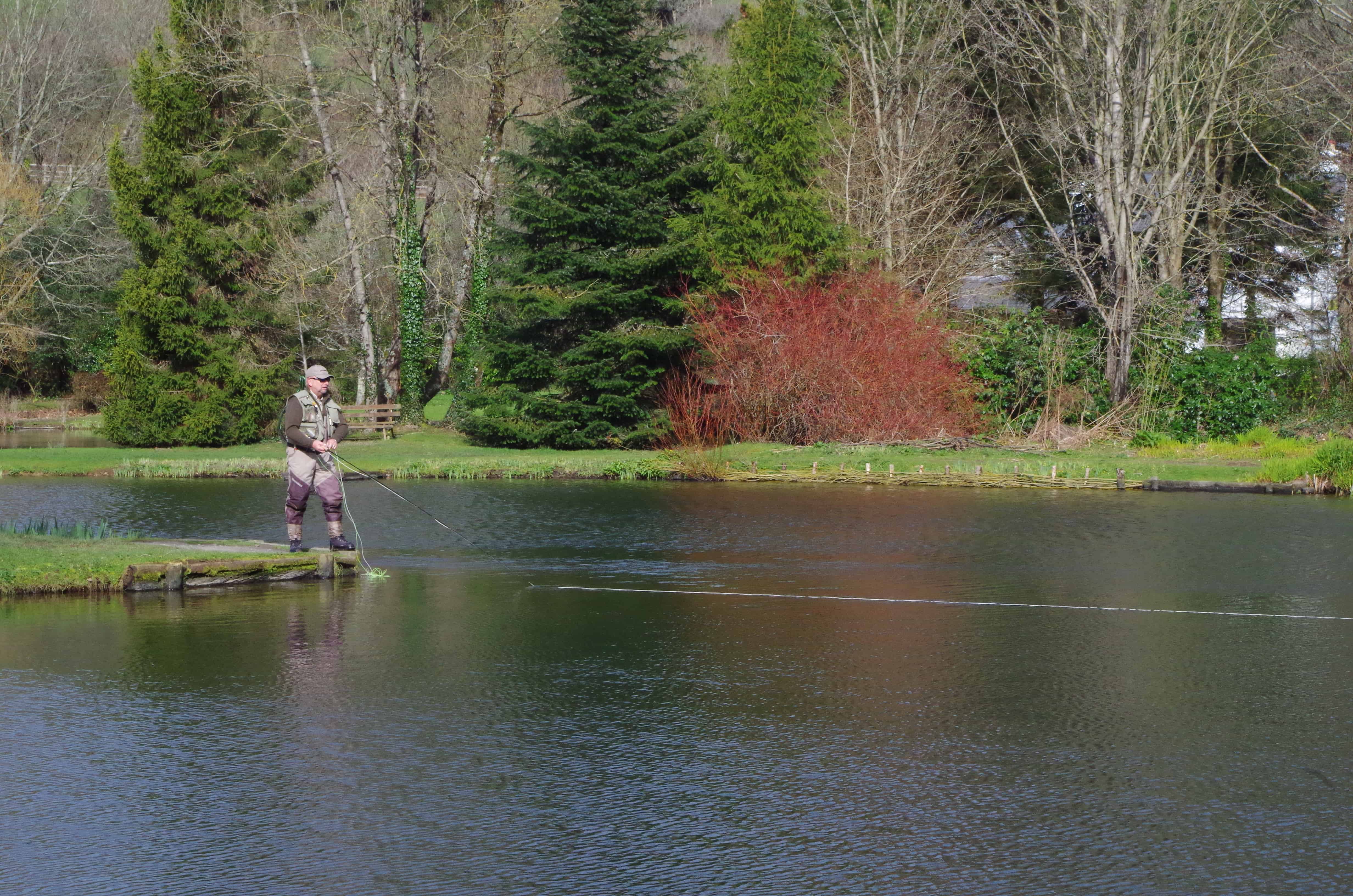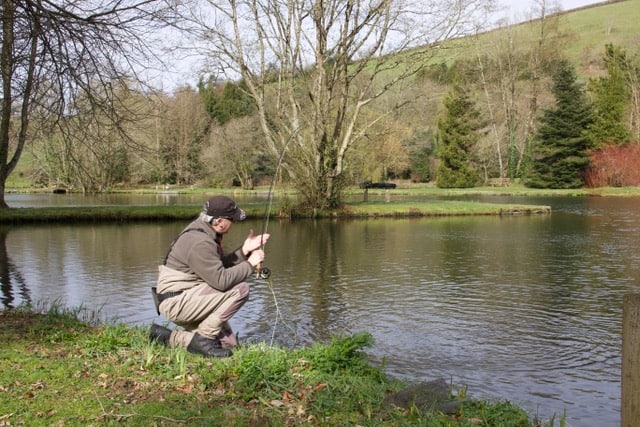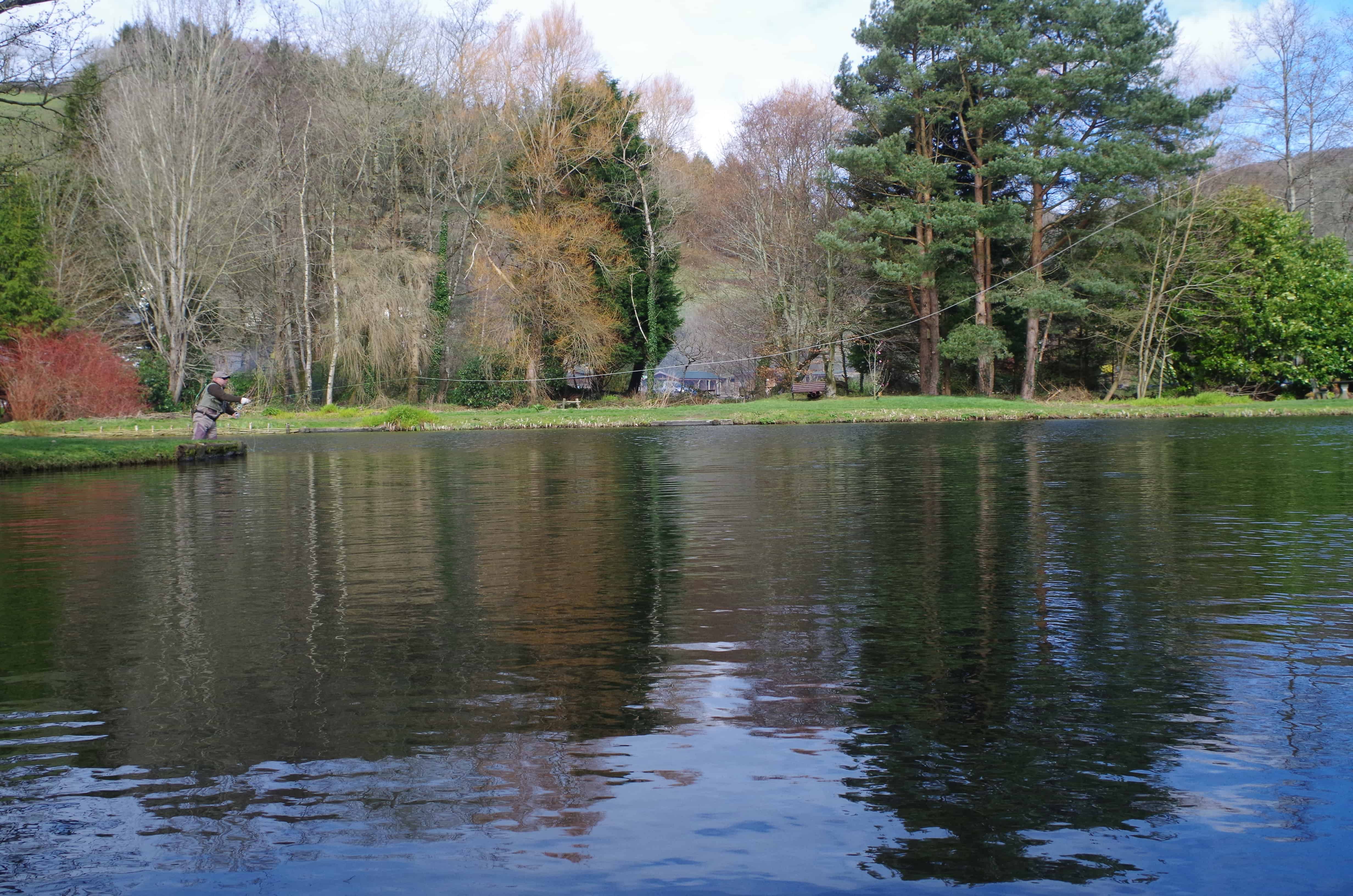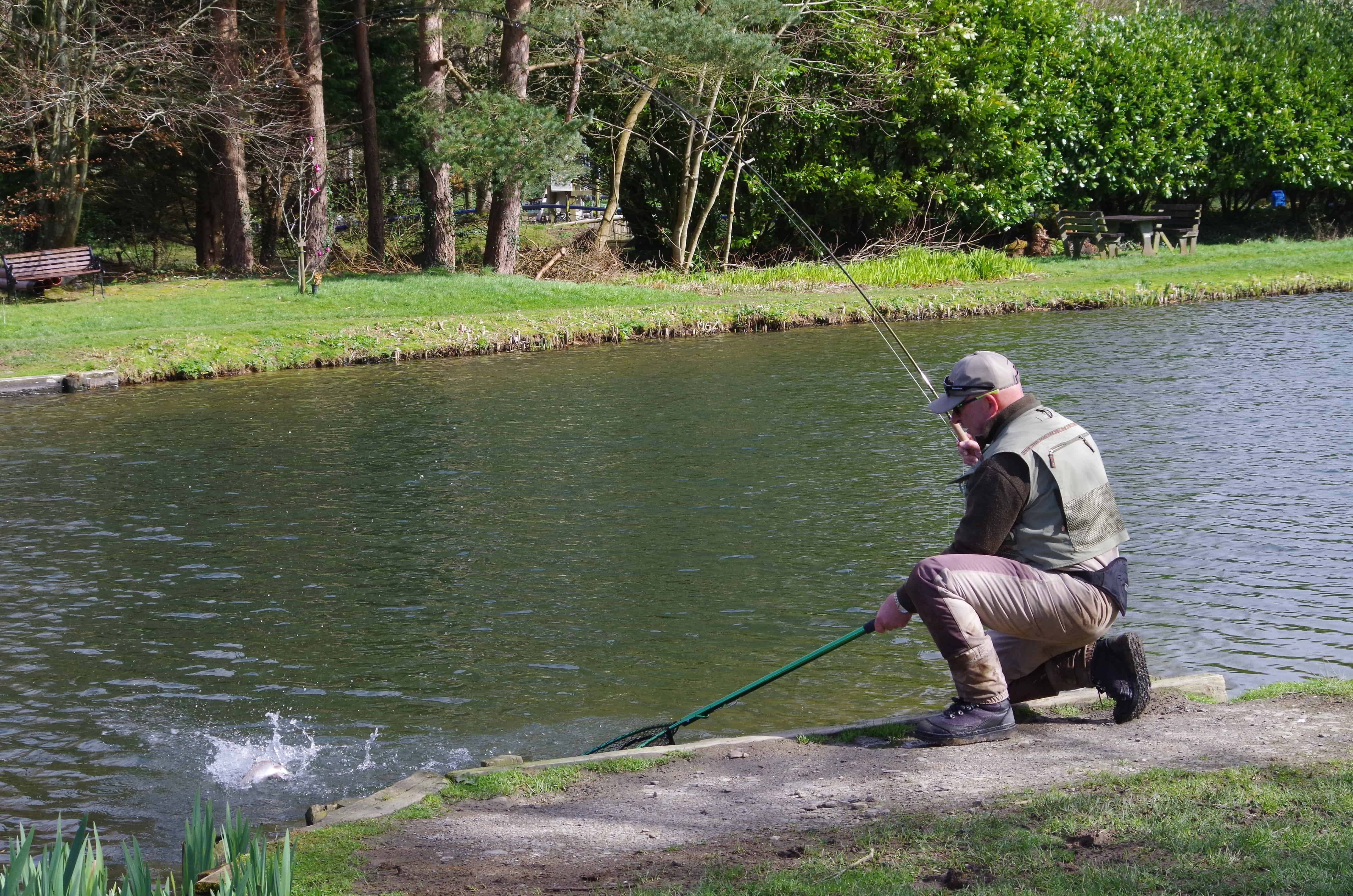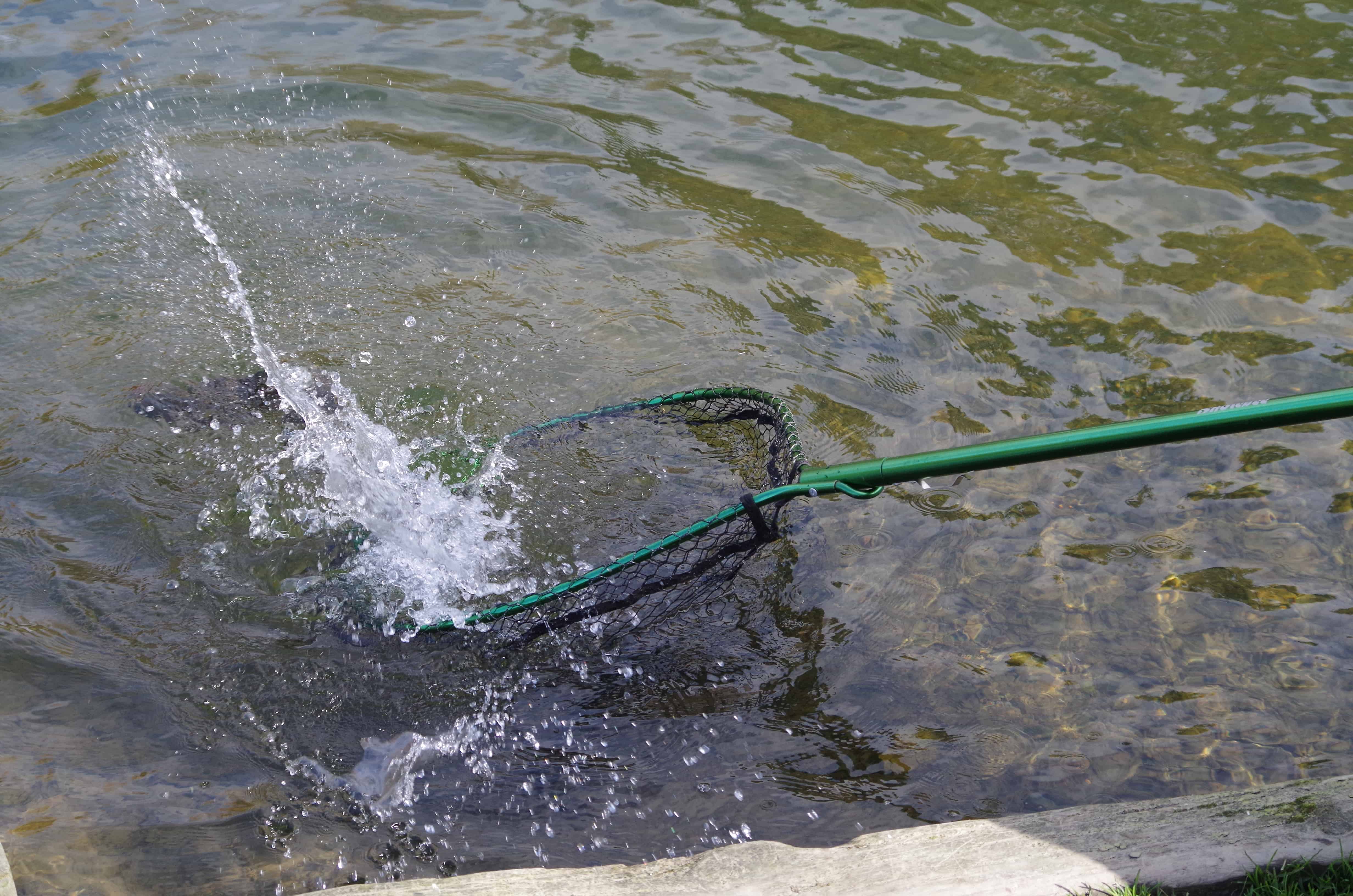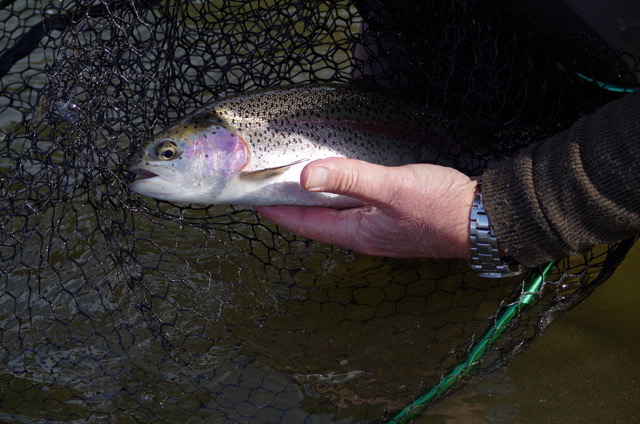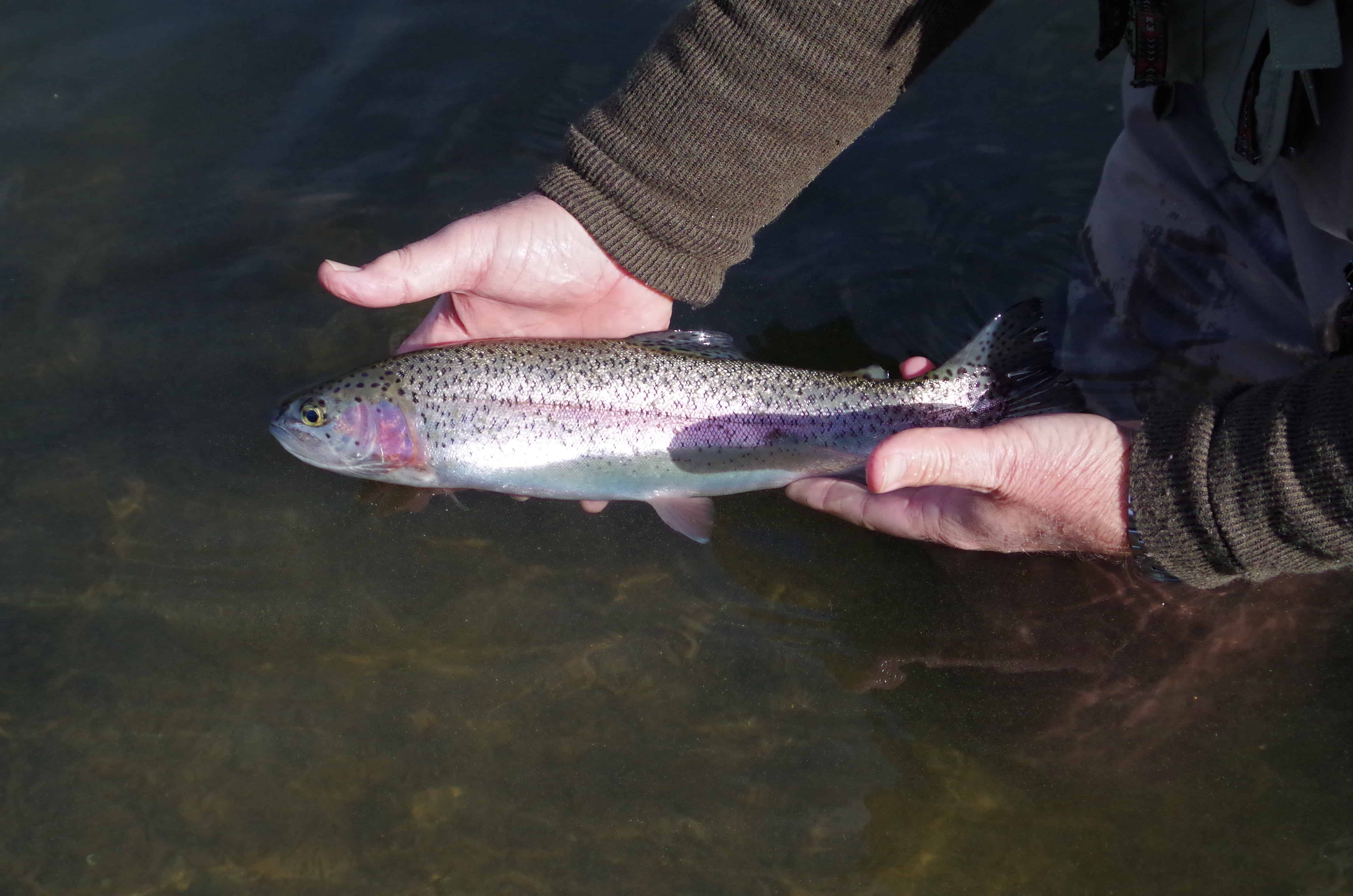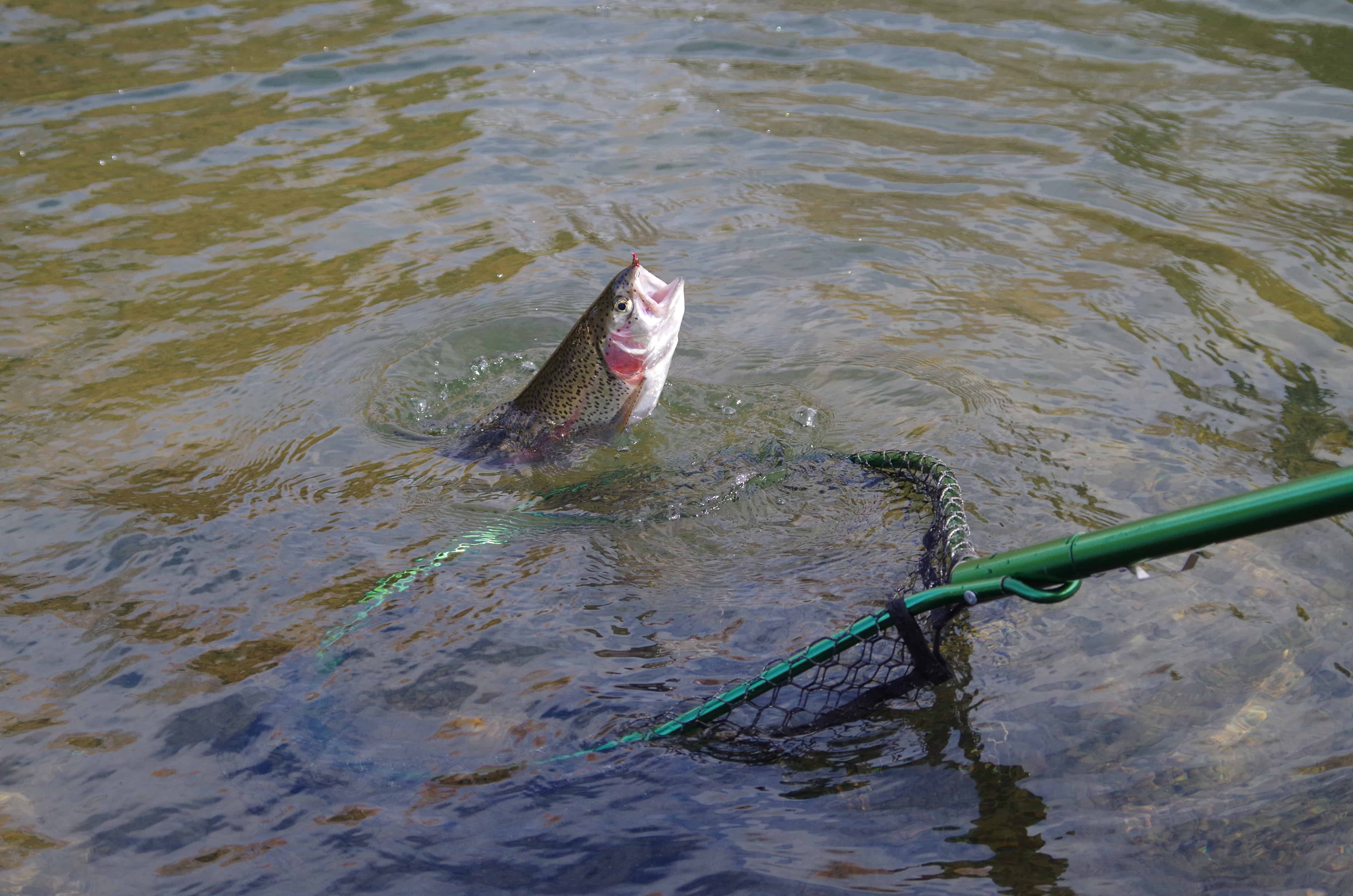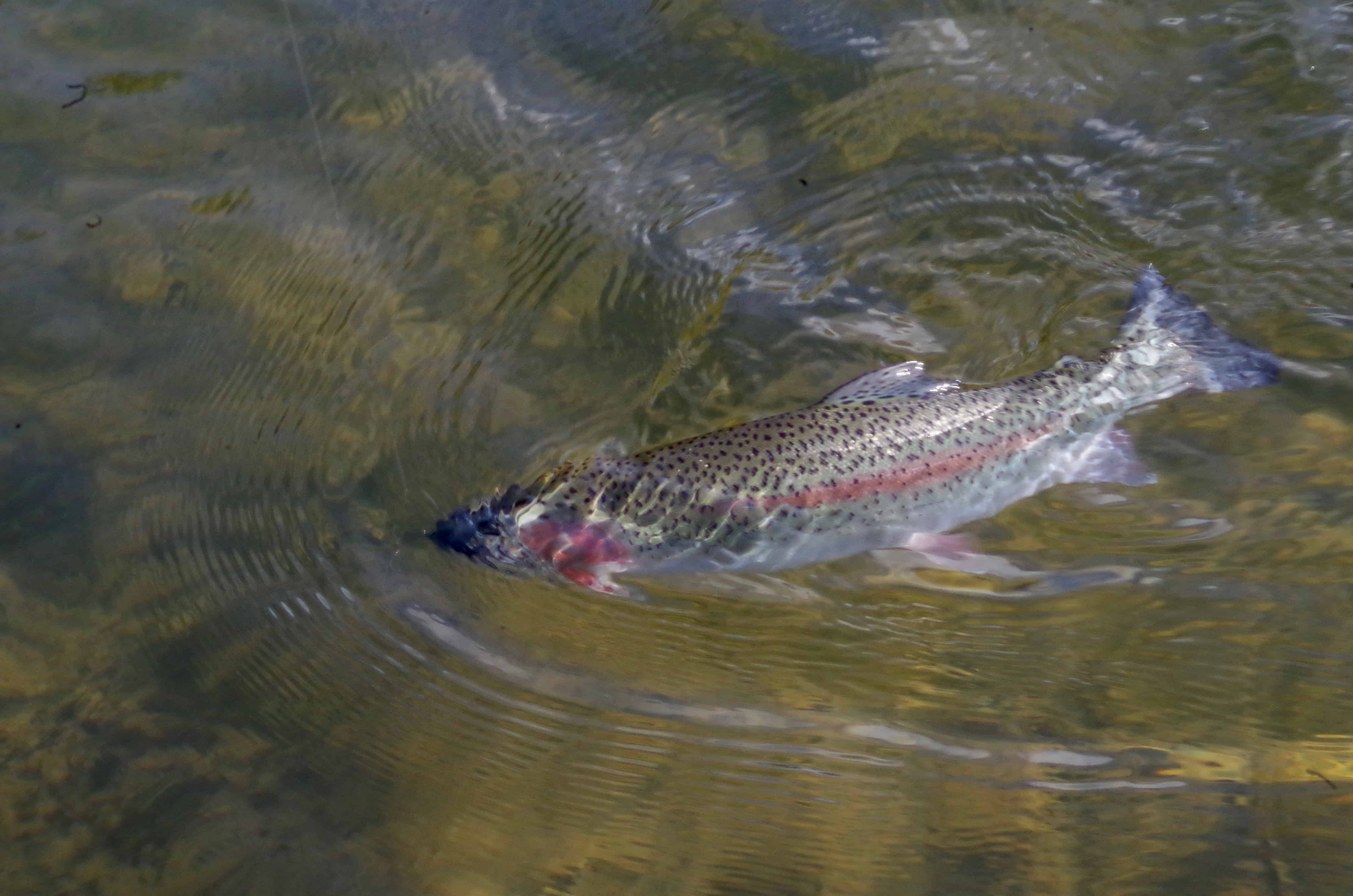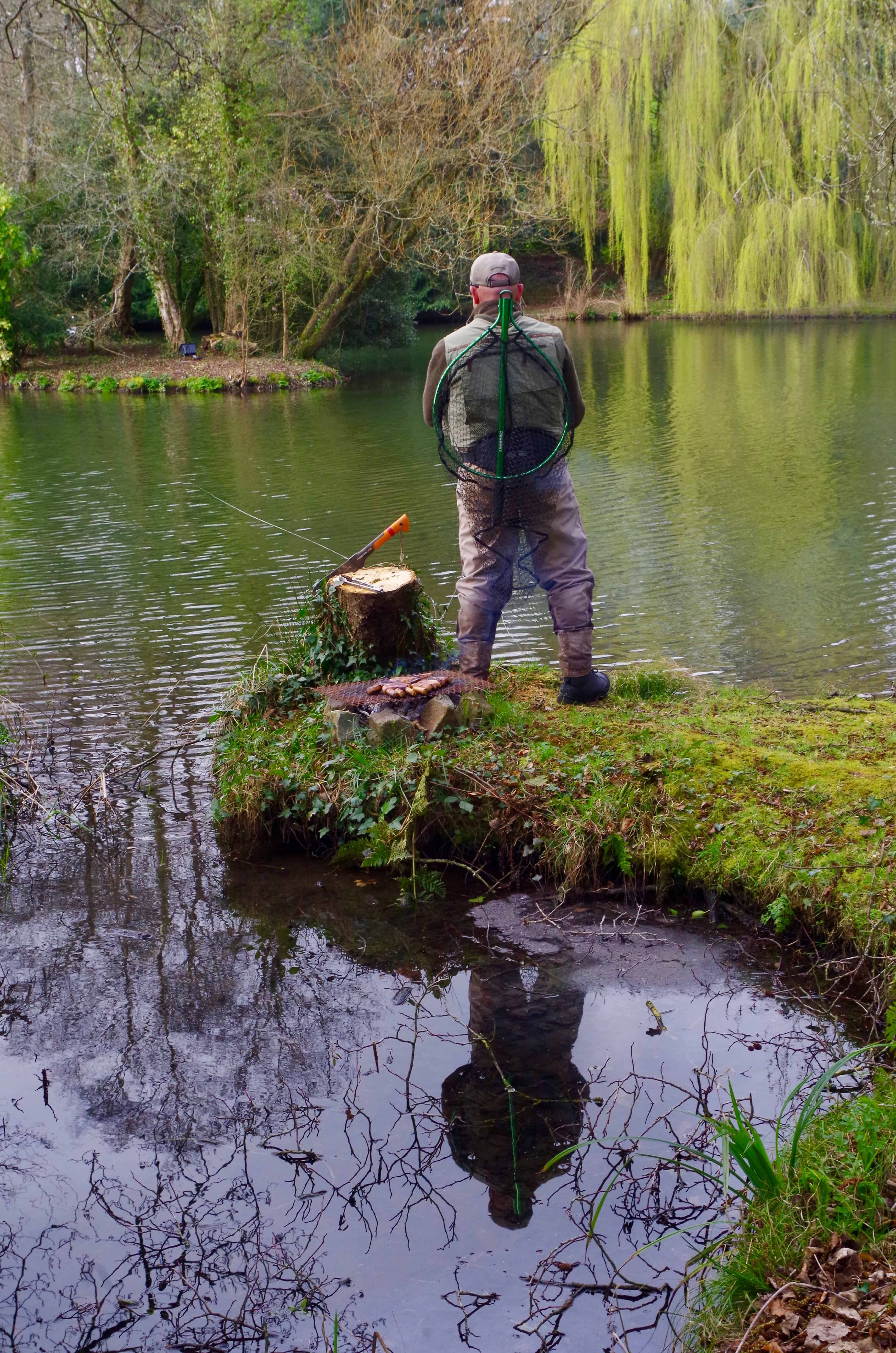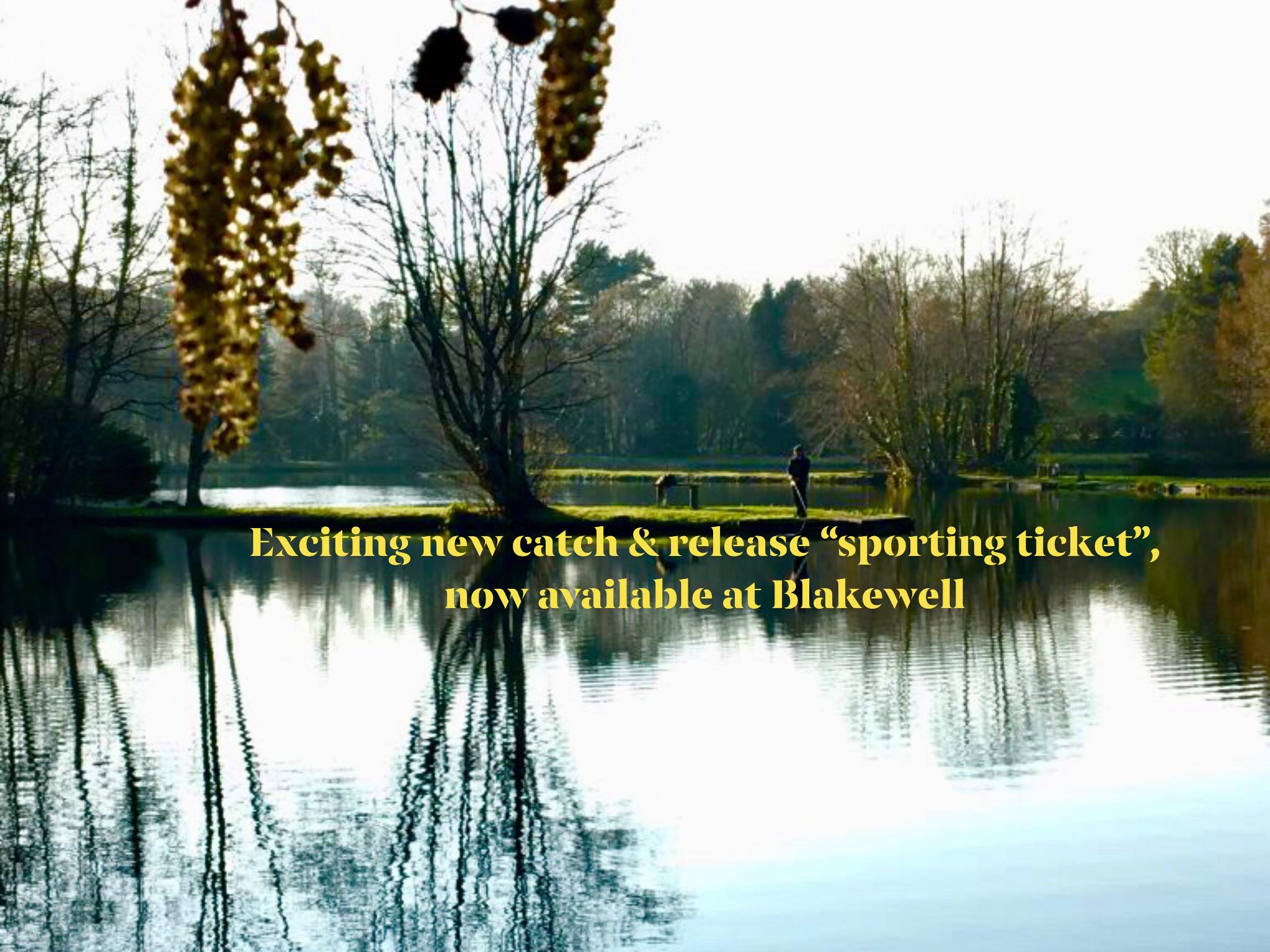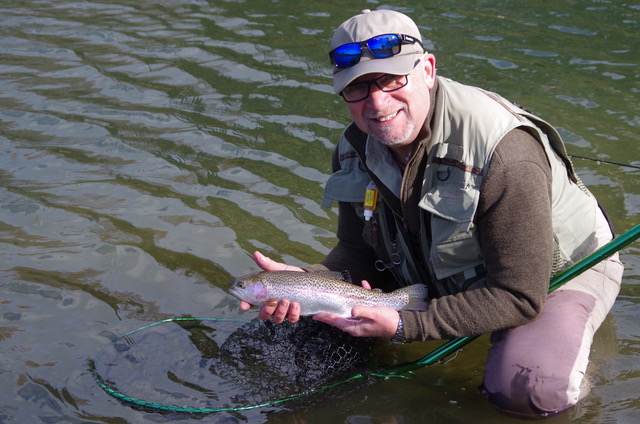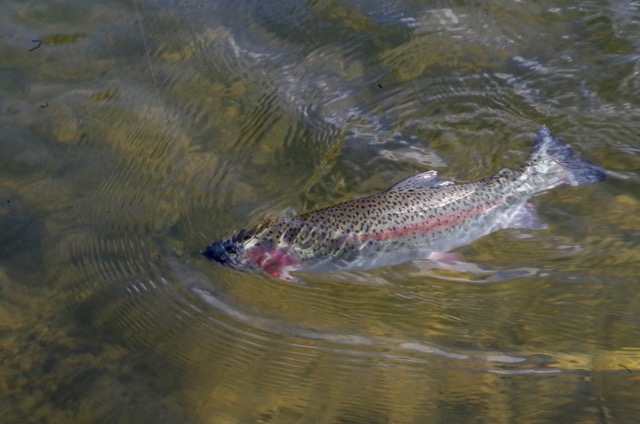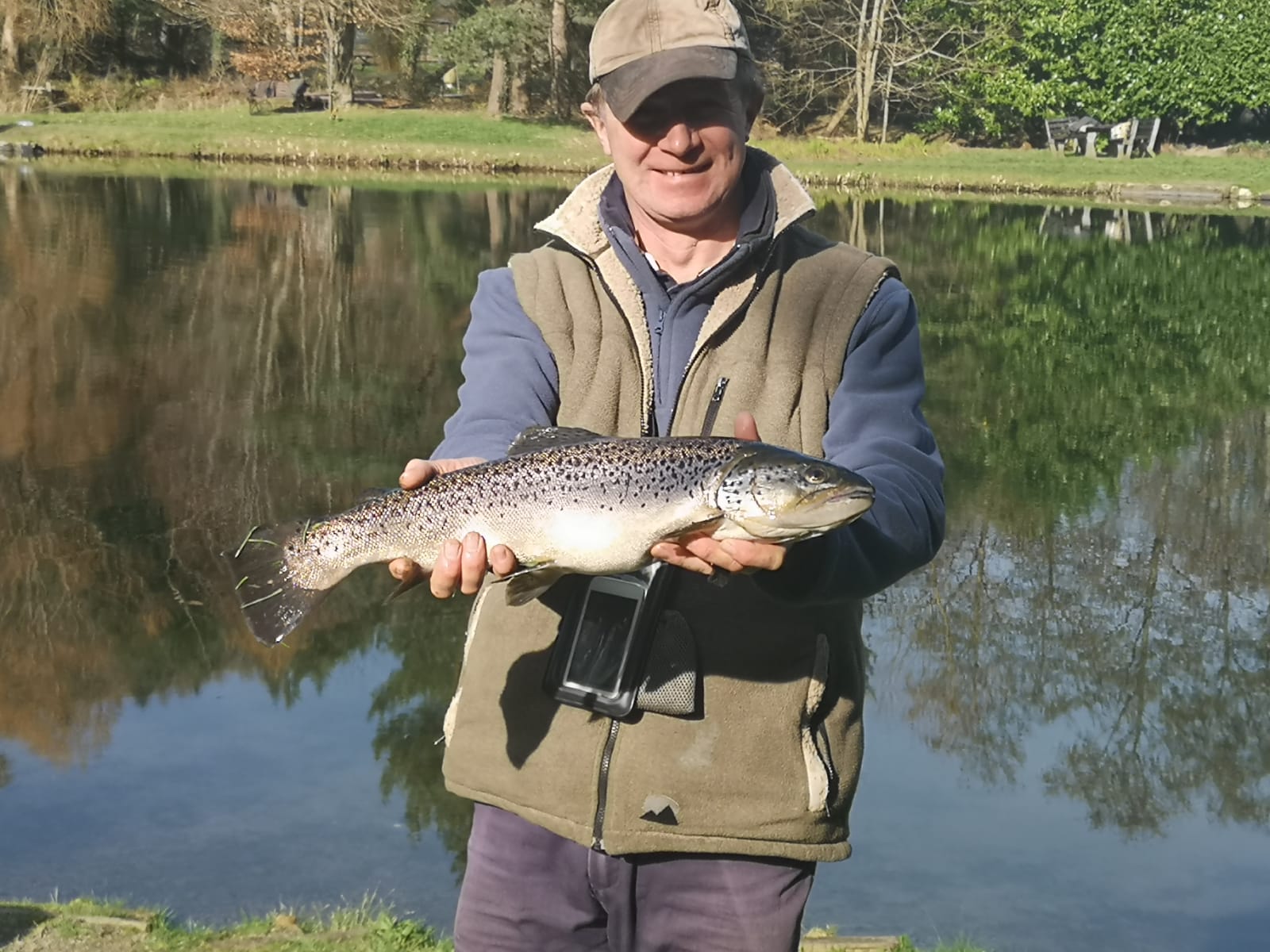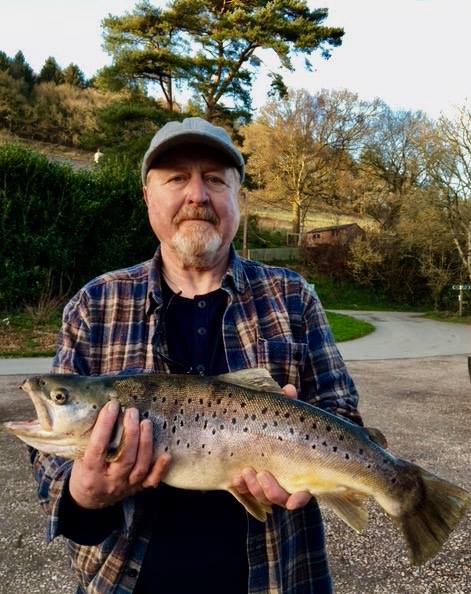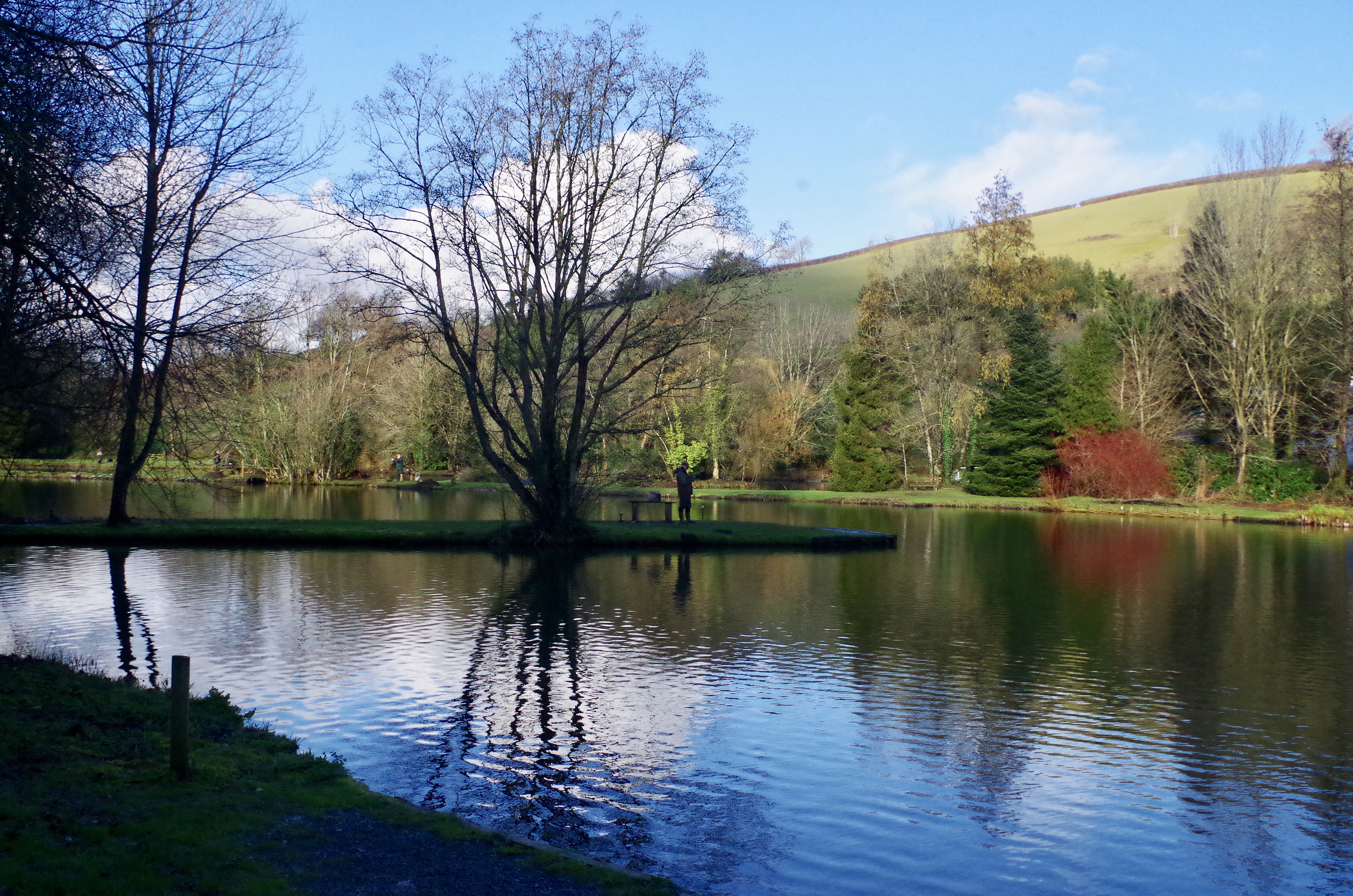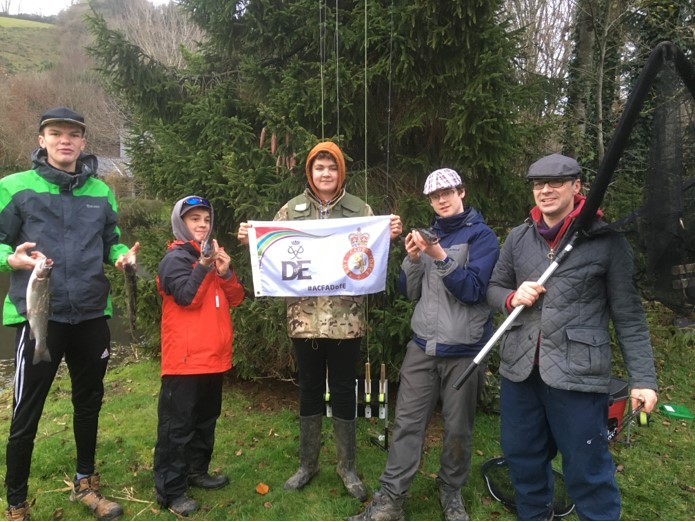
This year’s course started on 2nd April 2019 with a basic Introduction into Fly Fishing, over the past 7 months 4 cadets from Great Torrington Detachment have worked hard learning the different elements required to be proficient fly fishermen, these included types of Rods, Reels, Flies, Lines, Leaders & Casting.
On 16th April we had a visit from Paul Carter, Environment Agency Fisheries Officer to talk about his job and Licencing.
As well as Paul we had another visitor, Alan Crawley, River Warden for the Commons Conservators to talk about the work he’s been doing to improve access to the river by installing steps etc.
The Cadets found this evening really interesting.
15th June was our fly tying day where the cadets were instructed in the art of fly tying, this was also an opportunity for them to tie a selection of flies ready for the lake days to follow, all the cadets successfully managed to tie 6 reasonably flies by the end of the day.
13th July was our first Lake day, Simpsons Valley Trout & Course Fishery, near Holsworthy. This day proved to be challenging and despite everyone’s best efforts no fish were caught, but the cadets did get a lot of experience.
27th July should have been our second lake days, Bratton Water Fly Fishery, Barnstaple. Unfortunately due to so much other training happening that weekend which some of the group were involved in, we had to cancel.
30th November was our third lake day, Blakewell Trout Fishery, Barnstaple. This day started with a guided tour around the farm to see and learn about the fish, how water levels, oxygen level and temperatures affect the fish’s growth & wellbeing.
Fishing was challenging with fish following lures and turning away at the last moment, the cadet didn’t let this put them off but persevered in their quest to catch and land their first fish.
By the end of the day the cadets had all caught a fish to take home, best result ever, a perfect end to the course.
The Cadets and Instructors would like to thank the following people for their continued support,
Paul Carter Environment Agency Fisheries Officer
Alan Crawley River Warden for the Commons Conservators
Paul Cozens Simpsons Valley Trout & Course Fishery
Andrew Moores Simpsons Valley Trout & Course Fishery
Mike Williams Bratton Water Fly Fishery
Richard Nickell Blakewell Fishery
John Nickell Blakewell Fishery

